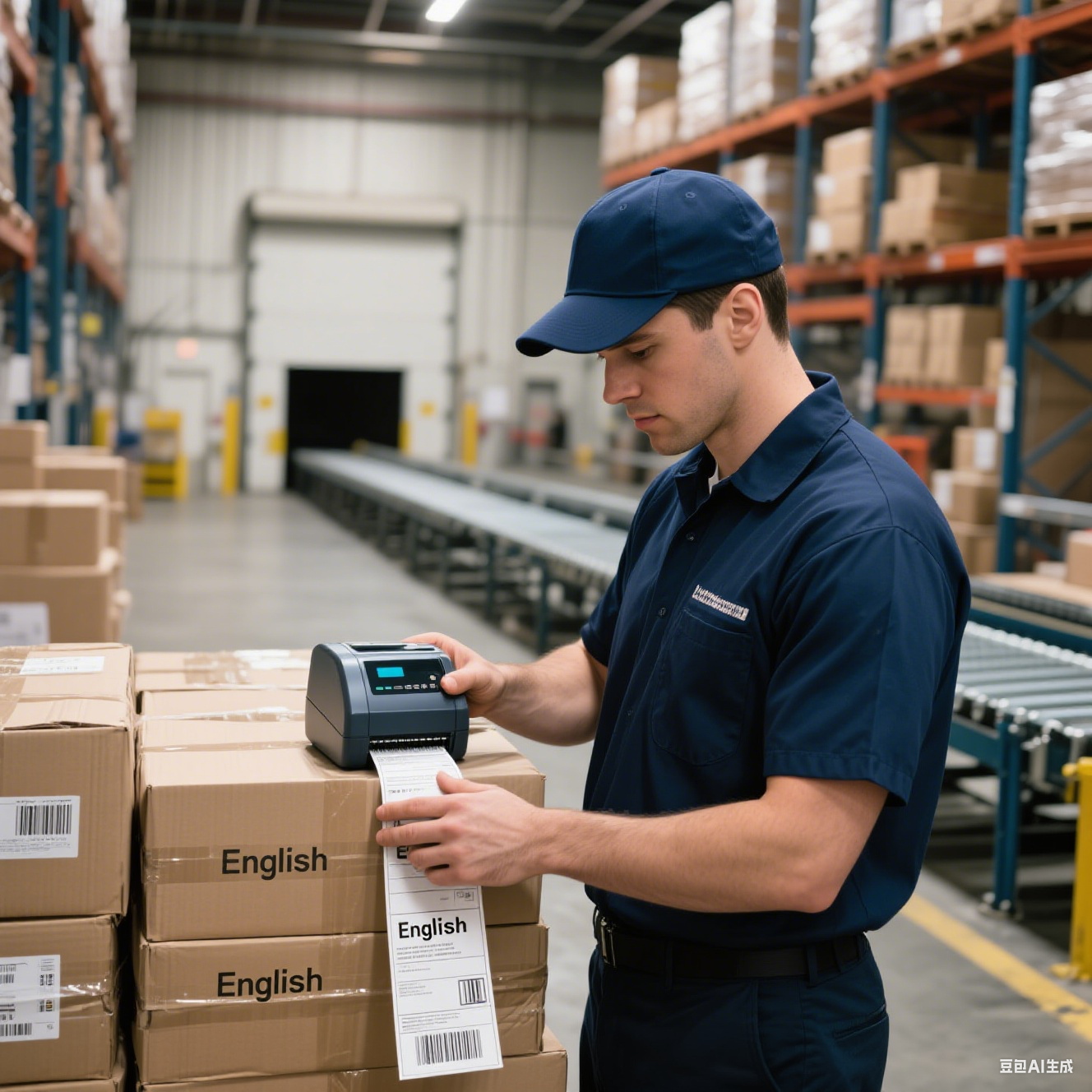how to pack goods for air and sea freight
Proper packing of goods for air and sea freight is crucial for ensuring safe and efficient transportation across global supply chains. This comprehensive process involves selecting appropriate packaging materials, implementing protective measures, and adhering to international shipping regulations. For air freight, emphasis is placed on lightweight yet sturdy packaging materials to optimize cargo space and minimize transportation costs. This includes using reinforced cardboard boxes, bubble wrap, and foam inserts to protect items from impact and vibration during flight. Sea freight packaging requires more robust protection against moisture, salt air, and extended transit times. Containers must be properly sealed and weatherproofed, often utilizing water-resistant materials, desiccants, and vapor barriers. Both methods require clear labeling, including handling instructions, destination information, and hazard warnings where applicable. Professional packing services employ specialized techniques such as vacuum sealing, crating, and palletizing to maximize protection while minimizing space usage. They also ensure compliance with size restrictions, weight limitations, and safety regulations specific to each transportation mode. The implementation of proper packing techniques not only protects goods but also helps prevent delays, reduces insurance claims, and maintains the integrity of the supply chain.


